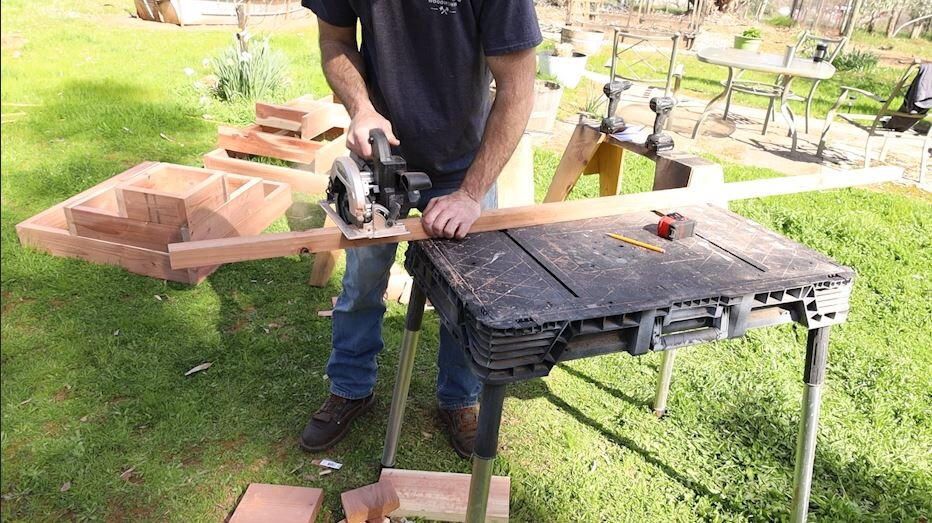Tiered Planter Boxes 3 ways!
So my mom has lived on the property with us for a few months now and she LOVES flowers. Our yard needed some love anyway so I decided it would be a great opportunity to build some cool planter boxes for her to plant some flowers in and spruce up the landscape! Here is how I did it! Be sure to check out the video for a better visual :)
Tools used in this build. (Affiliate links included)
Pony Jorgensen E-Z Hold Clamps















































